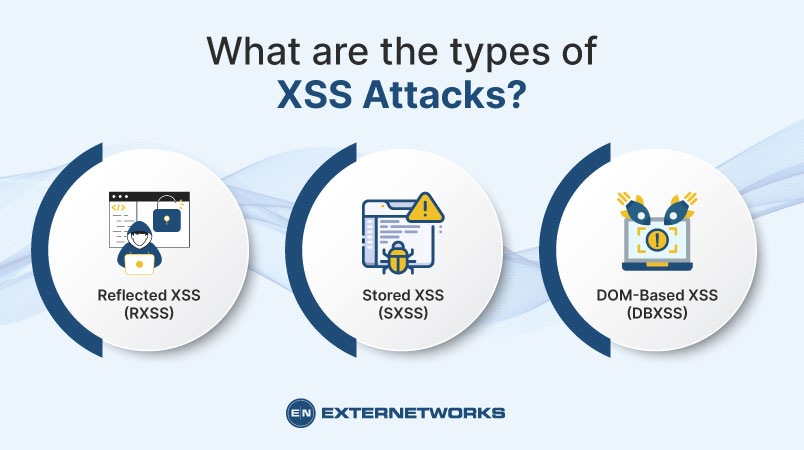Understanding XSS Attacks: Why They’re So Dangerous and How to Protect Your Site

Introduction
Cross-Site Scripting (XSS) is one of the most prevalent and dangerous vulnerabilities found in web applications. Despite its longstanding presence in the cybersecurity world, many websites still fall victim to XSS attacks. These attacks can lead to severe consequences, including data theft, session hijacking, and defacement of websites. In this article, we will explore what XSS is, why it is so dangerous, and provide an example to illustrate the threat it poses.
What is Cross-Site Scripting (XSS)?
XSS is a type of injection attack in which a malicious actor injects executable scripts into the code of a trusted website. These scripts, usually written in JavaScript, are executed in the browsers of users who visit the compromised site. Unlike other attacks that target the server, XSS exploits the user's browser, making it particularly insidious.

There are three main types of XSS attacks:
- Stored XSS: Malicious scripts are permanently stored on the target server, such as in a database, and are delivered to users whenever they access the compromised content.
- Reflected XSS: The script is not stored but rather is reflected off a web server, usually in an error message, search result, or any other response that includes some or all of the input sent to the server.
- DOM-Based XSS: This type of XSS occurs when the vulnerability exists in the client-side code rather than the server-side code.
Why are XSS Attacks Dangerous?
The primary danger of XSS attacks lies in their ability to bypass traditional security measures like firewalls and SSL encryption. Here's why they're particularly hazardous:
User Data Theft: Attackers can steal sensitive information such as cookies, session tokens, or other private data that are used to authenticate a user. This can lead to unauthorized access to user accounts.
Session Hijacking: By stealing session cookies, an attacker can impersonate a legitimate user and gain unauthorized access to the application, effectively hijacking the session.
Malicious Redirections: Attackers can use XSS to redirect users to phishing sites or sites containing malware, further exacerbating the damage.
Defacement and Misinformation: XSS can be used to alter the content of a website, leading to defacement or the spreading of misinformation, damaging the credibility of the organization.
Example of an XSS Attack
Consider a website that allows users to post comments on articles. If the website does not properly sanitize user input, an attacker could submit a comment containing a malicious script, such as:
- <script>alert('You have been hacked!');</script>
If this comment is stored in the website's database and later displayed on the page without any filtering, every user who views the comment will trigger the script, causing an alert box to pop up. While this example is relatively harmless, the same method could be used to steal cookies, redirect users, or perform other malicious activities.
How to Prevent XSS Attacks
Preventing XSS attacks requires a multi-layered approach. Here are some effective strategies:

Input Validation: Always validate and sanitize user inputs. This includes stripping out or escaping any potentially harmful code before it is processed or stored.
Use of Content Security Policy (CSP): CSP is a browser feature that helps prevent XSS by allowing developers to specify which scripts are allowed to run on their site. By restricting the sources of executable scripts, CSP can significantly reduce the risk of XSS.
Encoding Output: Ensure that any data that might contain user input is properly encoded before being displayed in the browser. This helps prevent injected scripts from being executed.
Implement HTTPOnly Cookies: Mark cookies with the HttpOnly flag to prevent them from being accessed via JavaScript, thereby mitigating the risk of cookie theft.
Conclusion
Cross-Site Scripting remains a serious threat to web applications due to its ability to exploit both server-side and client-side vulnerabilities. Understanding how XSS works and implementing robust security measures is crucial in defending against these attacks. By validating input, encoding output, and using security features like CSP, you can greatly reduce the risk of an XSS attack on your site. Remember, in cybersecurity, the best offense is a good defense.
